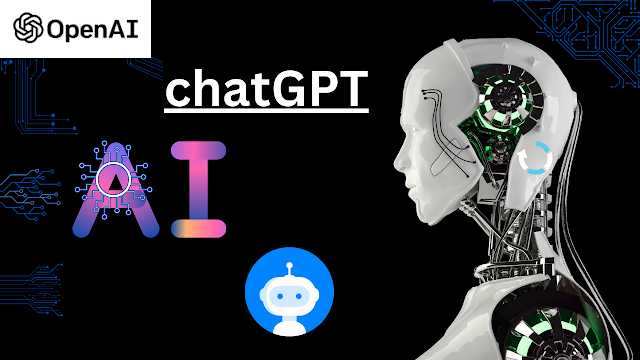Introduction:
ChatGPT is a state-of-the-art language processing AI developed by OpenAI. It is developed to produce human-like text and carry out natural language conversations with users. The technology behind ChatGPT is based on a efficient machine learning model called GPT-3 (Generative Pre-training Transformer 3), which has the ability to develop text in a variety of languages and formats.
What is ChatGPT and how does it work?
ChatGPT is a chatbot that uses NLP to understand and respond to user input. It is trained on a dataset of human language, which allows it to generate coherent and realistic responses to user prompts.
To use ChatGPT, users simply type their message into the chat interface and press send. ChatGPT then processes the input and generates a response, which is displayed in the chat window. The chatbot is able to understand the context and intent of the user's message and generate a relevant response.
For example, if a user asks ChatGPT "Write code for connect db in JavaScript?", the chatbot might respond with a statement like "Code to connect db is as follow : "
What makes ChatGPT apart from other chatbots is its ability to generate text that is highly coherent and human-like. This was made possible by the advanced machine learning techniques used in the development of GPT-3, which allows ChatGPT to understand and respond to user input in a more natural and intuitive way.
Applications of ChatGPT:
There are many applications for ChatGPT, including customer service, virtual assistants, and language translation. In the customer service industry, ChatGPT could be used to handle routine inquiries and provide quick responses to customers, freeing up human agents to handle more complex issues.
As a virtual assistant, ChatGPT could be used to handle various tasks such as scheduling appointments, sending reminders, and answering basic questions. It could also be used to provide language translation services, allowing users to communicate with individuals in various languages.
Future of ChatGPT?
What is Demerits of ChatGPT?
There are a few potential drawbacks or limitations to using ChatGPT or other similar language processing Artificial Intelligence technologies:
- Accuracy: While ChatGPT is able to generate highly coherent and human-like text, it is not always 100% accurate. It may sometimes produce responses that are unrelated to the user's input or that contain errors.
- Limited understanding: ChatGPT is only as knowledgeable as the data it has been trained on. It may not be able to provide accurate responses to queries or questions that are outside of its training dataset.
- Lack of empathy: ChatGPT is not capable of experiencing emotions or understanding the emotional state of its users. This can make it difficult for the chatbot to provide support or assistance in emotionally charged situations.
- Dependence on technology: ChatGPT relies on access to the internet and its associated technologies to function. If there are technical issues or outages, the chatbot may not be able to operate properly.
- Ethical concerns: Some people may have ethical concerns about the use of AI technologies like ChatGPT, particularly in relation to issues such as job displacement or privacy.
It's worth noting that these limitations are common to many Artificial Intelligence technologies, and it is important to carefully consider the potential drawbacks and limitations when deciding whether to use ChatGPT or any other similar Artificial Intelligence tool.
Conclusion:
ChatGPT is a powerful language processing Artificial Intelligence that is capable of generating human-like text and carrying out natural language conversations with users. It has the potential to revolutionize industries such as customer service and virtual assistance, and could also be used for language translation services. As the technology continues to advance, it will be interesting to see how ChatGPT and other similar AI technologies are utilized in the future.











